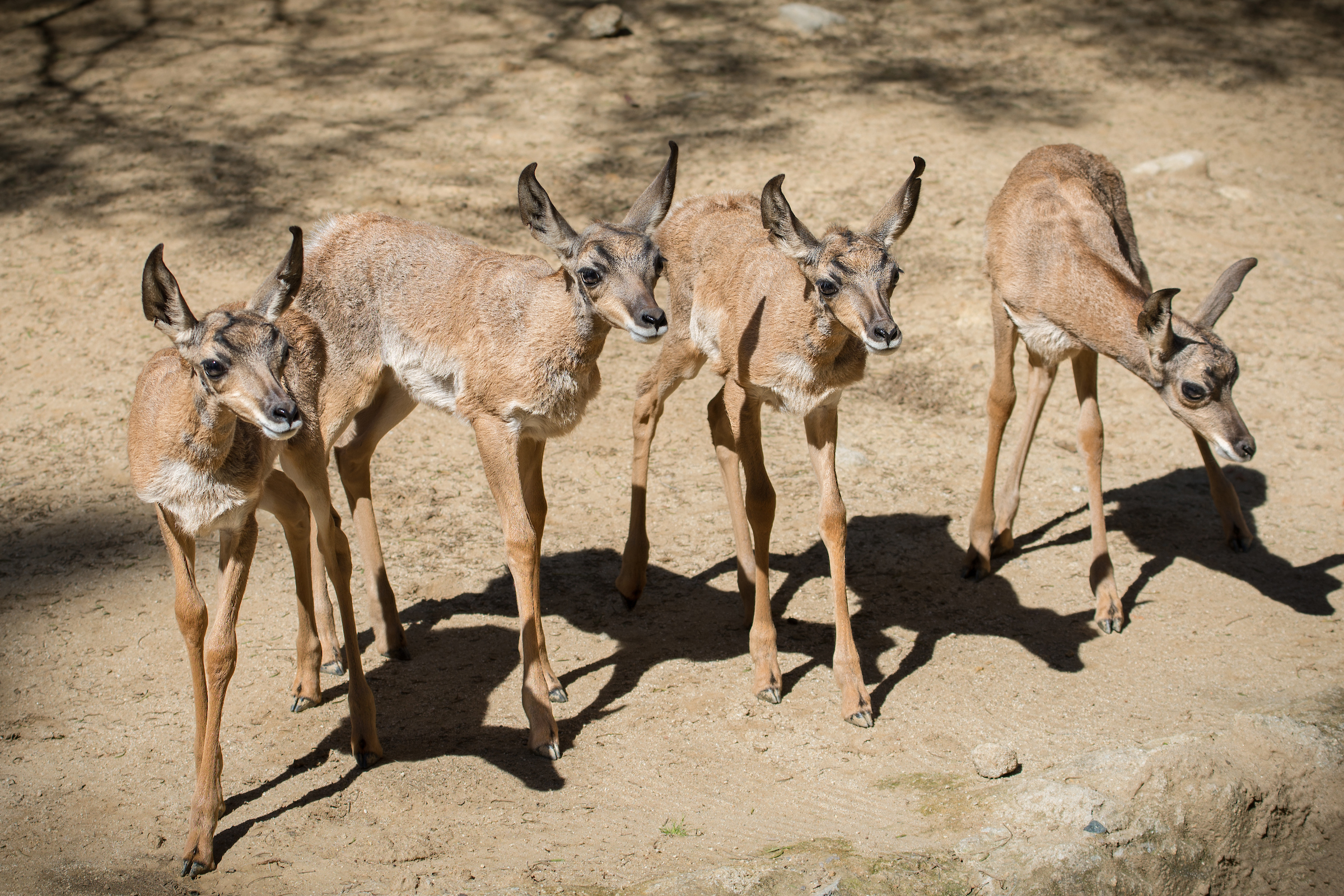Where We Stand
The challenges facing wildlife today are formidable. An increasing human population coupled with inequities in wealth and resources is fueling habitat loss and degradation, poaching, human-wildlife conflict, and climate change. These are global problems that call for solutions that transcend borders and unify us all.
Key Threats Facing Wildlife & Wild Places
Habitat Loss / Habitat Degradation
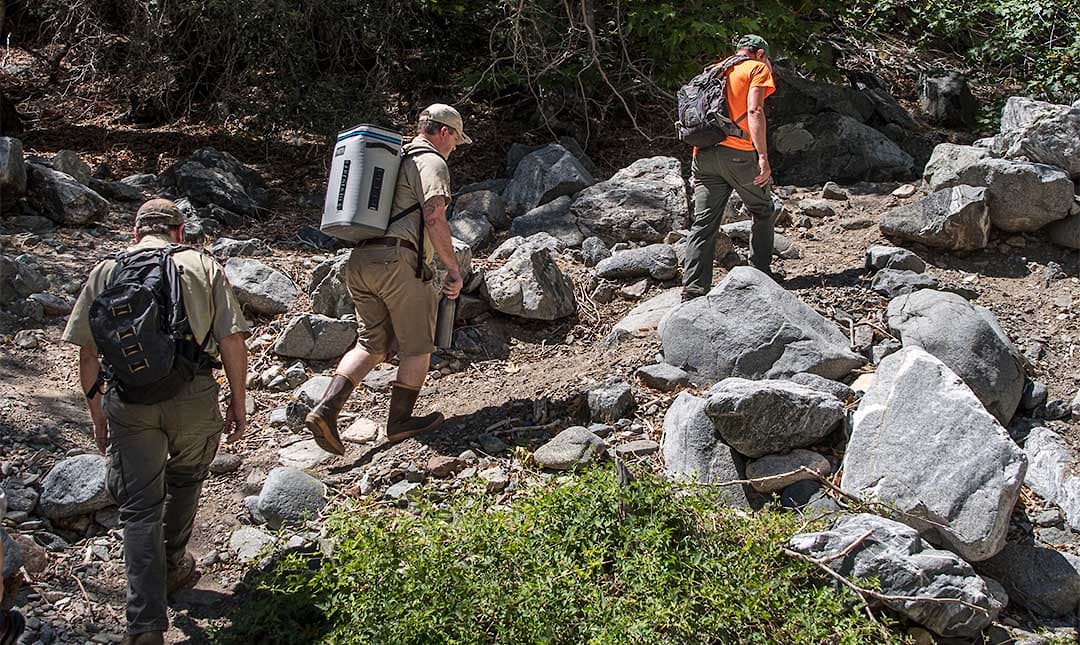


While growth rates have slowed more recently, according to UN Population Division and the History Database of the Global Environment, the human population increase between 1900 and 2000 was three times greater than in the entire previous history of humanity. The more than 7.8 billion people on Earth are consuming its resources at an unsustainable rate, causing a wide range of impacts on the environment – including the direct loss of wild spaces to agriculture, forestry, and development and habitat that has been compromised by plastic trash, toxins, and invasive species.
The rampant spread of oil palm and acacia plantations means that tropical rainforest denizens – from orangutans and tomistomas to tree frogs and toucans – are being displaced. Gorillas lead a tenuous existence in regions that are being relentlessly exploited by logging and mining interests. Other species such as Iranian harlequin newts, okapi, and Steller’s sea eagles are still established in their home ranges, but those home ranges are small and, in some cases, so fragmented that a single natural disaster, disease outbreak, or escalation of human warfare could wipe them out.
Until humans can curtail their impact on the remaining wilderness, zoos must serve as arks conserving species that are rapidly disappearing in the wild.
Zoo-based breeding programs have brought species back from the brink of extinction, in some cases making it possible for captive-bred animals to be reintroduced to their historic ranges. The Los Angeles Zoo was a co-founder in the California Condor Recovery Program (CCRP), which saved the species after its functional extinction in the wild and a population low of 22. Today, thanks to the CCRP, there are more than 500 California condors, with more than half of them living in the wild. Other species that the L.A. Zoo is currently working to restore include the peninsular pronghorn (also known as the berrendo) and southern mountain yellow-legged frog.
Zoos serve as arks for wildlife, ensuring that species remain on Earth while humans work collectively to reduce the loss and degradation of wild habitats. Efforts like the California Condor Recovery Program demonstrate that zoo populations can successfully restore those in the wild. Unfortunately, remaining habitat for some species is insufficient, and reintroductions will not be possible in the foreseeable future. But, as long as they remain in our care, the hope to return them to the wild remains.
Human-Wildlife Conflict
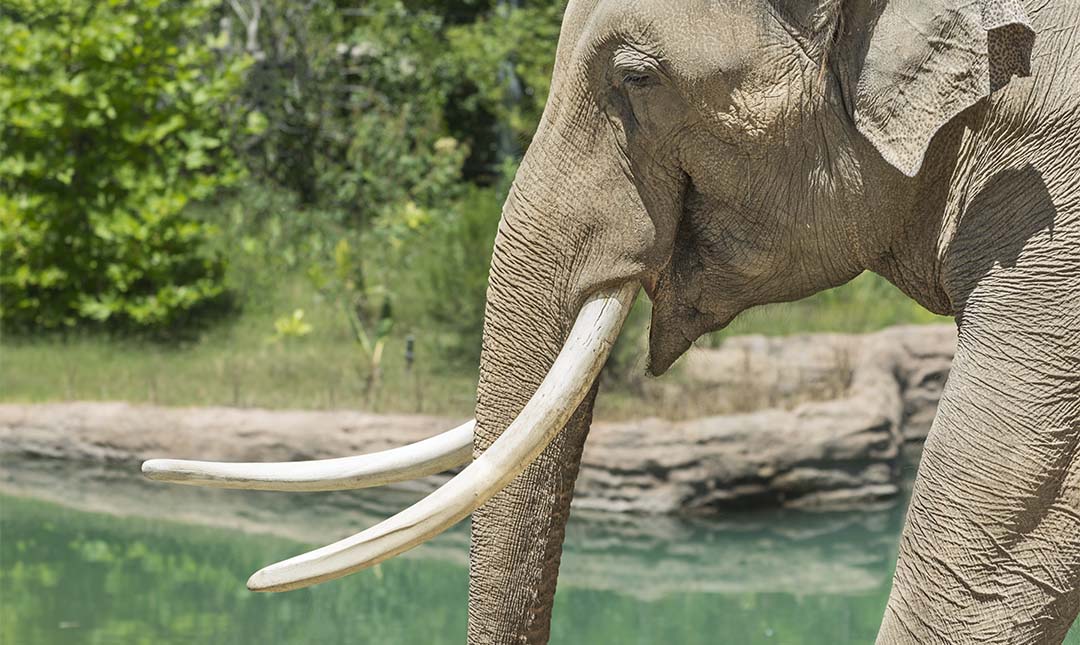
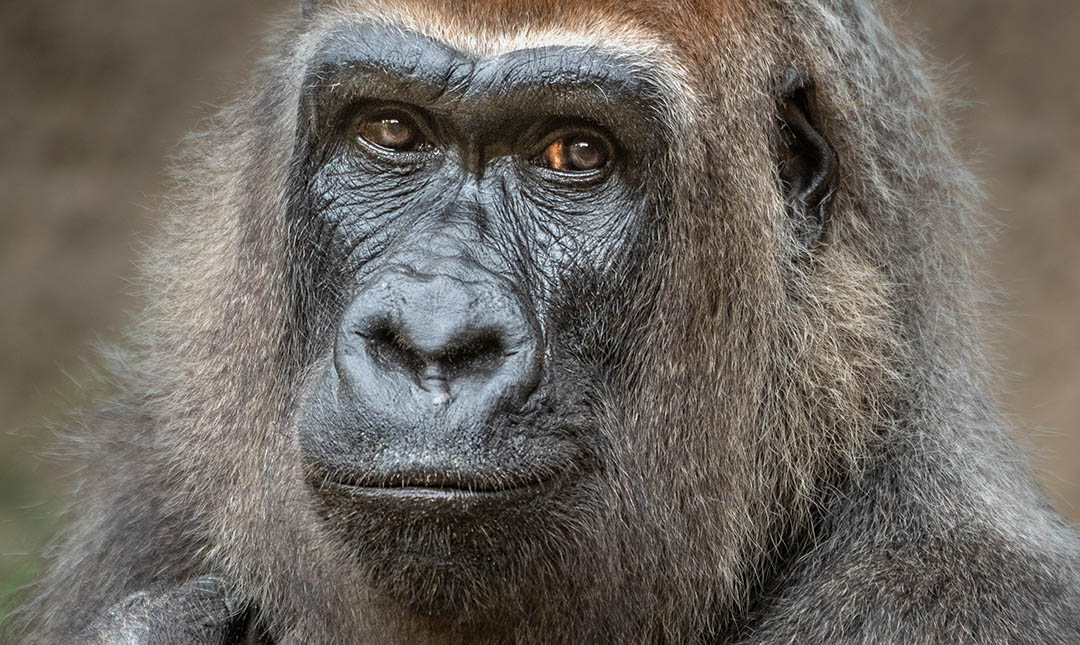
More people than ever are living closer to wilderness areas, which means increasing friction between humans and wildlife — whether it’s Angelenos concerned about coyotes preying on their small pets or farmers in Southeast Asia trying to protect their crops from hungry elephants who, as their natural habitats shrink, are forced to seek out alternative food sources. In many parts of the world, unregulated hunting by humans has reduced the number of prey animals available to top predators. This sometimes results in livestock predation and subsequent retaliation by farmers and ranchers.
Through conservation grants, advisory support, training, and hands-on assistance, the L.A. Zoo partners with organizations working on the ground to promote human-wildlife coexistence.
Through conservation grants, advisory support, training, and hands-on assistance, the L.A. Zoo partners with organizations working on the ground to promote human-wildlife coexistence. For instance, GRACE (Gorilla Rehabilitation and Conservation Education) and the Pandrillus Foundation work directly with local communities to preserve habitat and promote conservation of native wildlife.
Finding solutions that make it possible for people and wildlife to share habitat requires research, analysis, creative thinking, and diligent implementation. With a wealth of animal expertise and global conservation connections, accredited zoos are instrumental partners in finding those solutions.
Most vulnerable species face multiple conservation challenges. In the case of sarus cranes, conversion of wetlands to agriculture reduces habitat for these birds and brings them into conflict with humans. Farmers hunt the birds for meat, steal eggs, and sometimes kill juveniles to protect crops. The cranes are also killed by electrocution from fencing and pesticide runoff. The L.A. Zoo is part of a population management plan in partnership with other Association of Zoos and Aquariums-accredited institutions that maintain healthy zoo populations of sarus cranes.
Poaching and Illegal Wildlife Trade
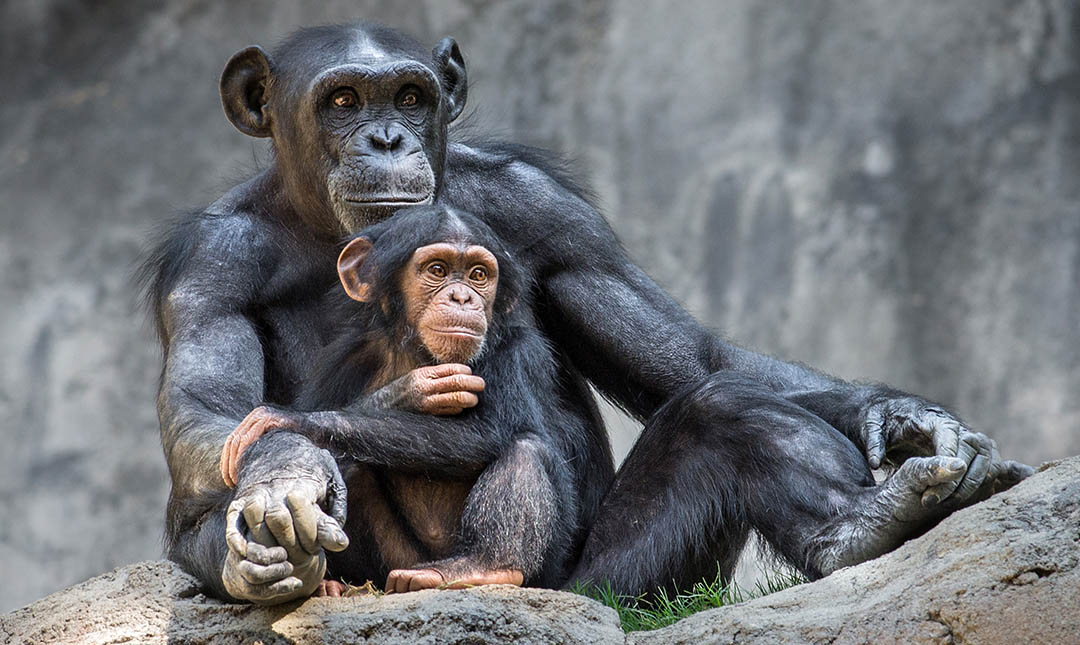
For much of human history, people hunted animals to support a subsistence lifestyle, taking only what they needed for their families or villages. In this post-industrial world, we live in a global village where we are all connected in good ways and some not-so-good ways. Global distribution networks make it possible for poachers to tap into lucrative new markets in the illegal pet trade and wildlife products. Controlling illegal trafficking means eliminating demand through education and engagement – working with local communities to develop effective and equitable conservation solutions.
As platinum supporter of the Wildlife Trafficking Alliance and a member of their Southern California Wildlife Confiscations Network, the L.A. Zoo is on the frontline of this fight.
In 2018, the Wildlife Trafficking Alliance (WTA) and the Association of Zoos and Aquariums (AZA) joined forces to combat wildlife trafficking. As platinum supporter of the WTA and a member of their Southern California Wildlife Confiscations Network, the L.A. Zoo is on the frontline of this fight. Wildlife law enforcement often involves the seizure of smuggled wildlife, and the L.A. Zoo has supported these efforts by providing a safe haven to hundreds of confiscated animals over the years. The Southern California Wildlife Confiscations Network is working to streamline the process, to get victims of the illegal wildlife trade into expert care as quickly as possible.
The Los Angeles Zoo also participates in breeding programs for many species impacted by wildlife trafficking, including the Sumatran tiger, the Iranian harlequin newt, and the blue-throated macaw. Our Avian Conservation Center (ACC) houses several bird species confiscated from the wildlife trade, including the Bali mynah, one of the rarest species in the world. The ACC also provides a quiet space for other rare birds, like the critically endangered blue-throated macaw, to breed and bolster the population in managed care.
Additionally, our conservation fund supports community engagement and education programs aimed at protecting and preserving species that we care for at the L.A. Zoo. One such program is the Limbe Wildlife Center in Cameroon. In addition to ongoing support for the Center’s wildlife rehabilitation and community education programs, the L.A. Zoo also provided emergency funds to aid in the care of 275 parrots rescued from the pet trade.
Climate Change

Our accreditation organization, the Association of Zoos and Aquariums (AZA), recognizes that increasing atmospheric carbon dioxide (CO2), as well as other greenhouse gasses, is causing changes to the earth’s climate. These changes are impacting wildlife in the oceans and on every continent. Zoos around the world, including ours, are working together in order to better understand how changing climate conditions affect the animals they are working to protect.
By communicating about the impacts of climate change on wildlife and habitats, AZA institutions play an important role in inspiring people to take personal and civic action.
Our value is in advocacy and awareness as well. By communicating about the impacts of climate change on wildlife and habitats, AZA institutions play an important role in inspiring people to take personal and civic action that will help decrease atmospheric CO2 concentrations and protect humankind’s wildlife heritage.
Temperature changes and increasing levels of CO2 in the atmosphere cause more rapid growth in some plants, which might seem like a good thing. But in the case of eucalyptus, accelerated growth yields leaves that contain less protein and more tannin, reducing the nutritional value to koalas, who feed exclusively on eucalyptus. Consequently, koalas may need to forage further to find more foliage to meet their nutritional needs, increasing the odds of being hit by cars or encountering dogs and other predators.
Prolonged drought conditions around the world are driving species in arid habitats closer to human settlements as they search for water sources and food. In Africa, Grevy’s zebras live in small groups in scrubby, arid grasslands. Foraging brings them into competition with livestock in grazing areas and subjects them to retaliation from farmers. Closer to home, desert bighorn sheep face different dangers when their search for food and water brings them to desert golf courses where they risk automotive accidents and poisoning from toxic non-native plants used in landscaping.
The drought conditions that are an ongoing concern in California can affect water quality, which has a dramatic impact on amphibians. Drought conditions make it difficult for plant communities to recover from seasonal wildfires, so that when heavy rain does occur, erosion produces muddy water that can suffocate tadpoles and froglets. The L.A. Zoo maintains a breeding colony of critically endangered southern mountain yellow-legged frogs, releasing tadpoles periodically into protected habitats in the San Gabriel Mountains. Field research has confirmed that some tadpoles from previous releases in historic range sites that were devoid of these frogs have reproduced, because tadpoles were documented there. To survive drought and habitat loss, many amphibians will need the help of scientists and wildlife experts, including zoo professionals.

